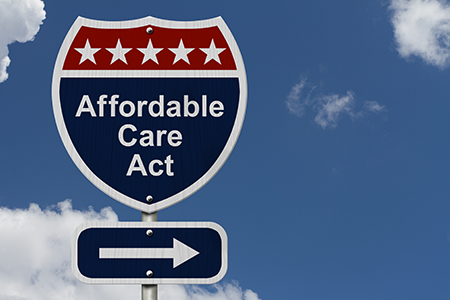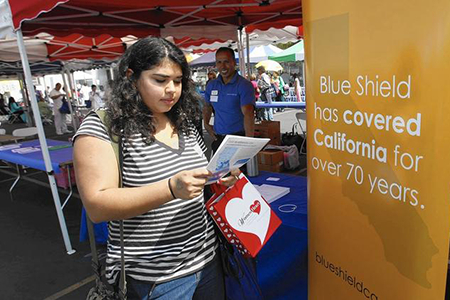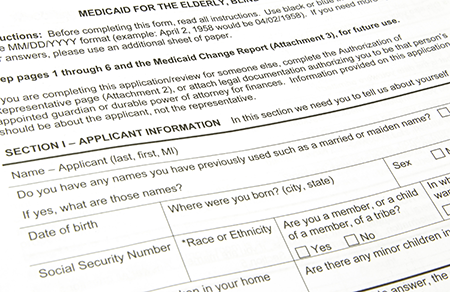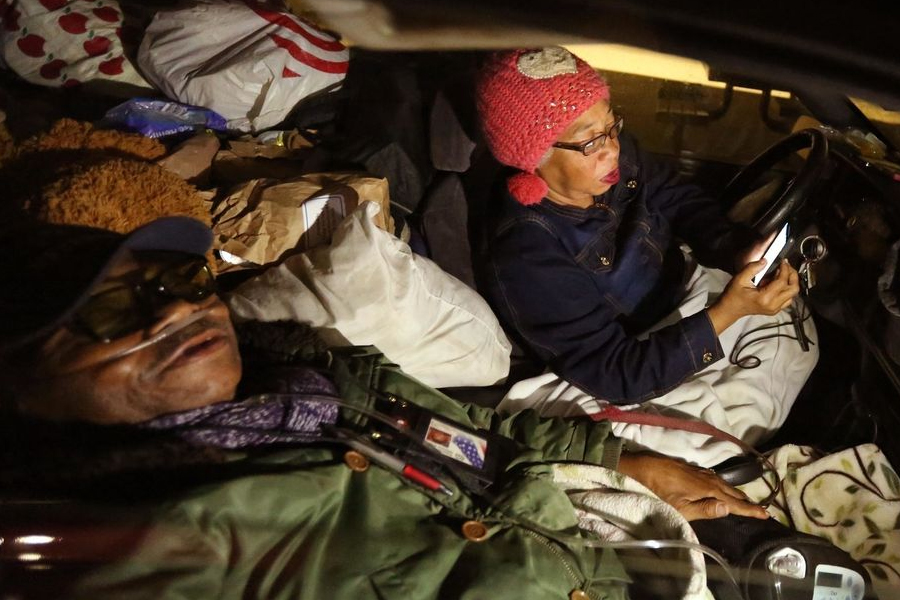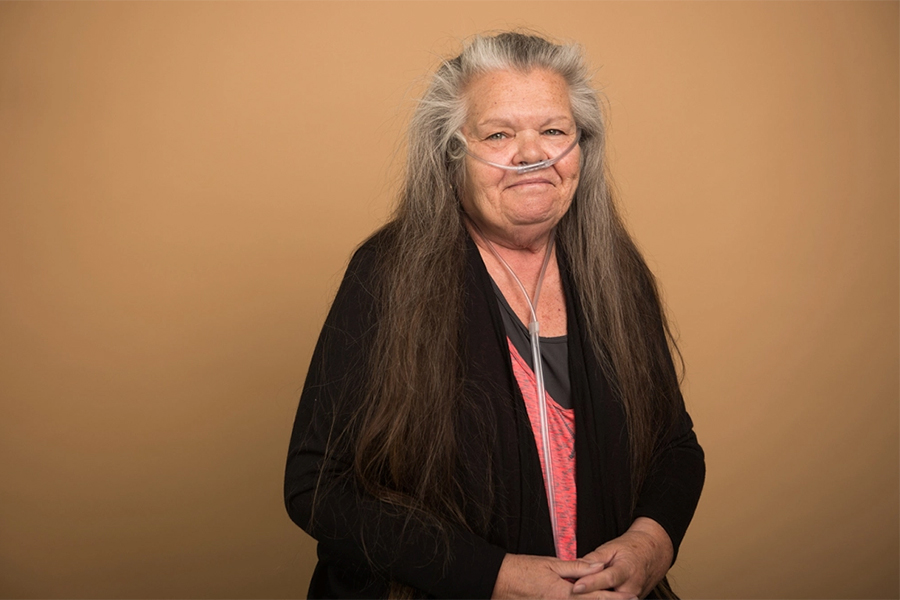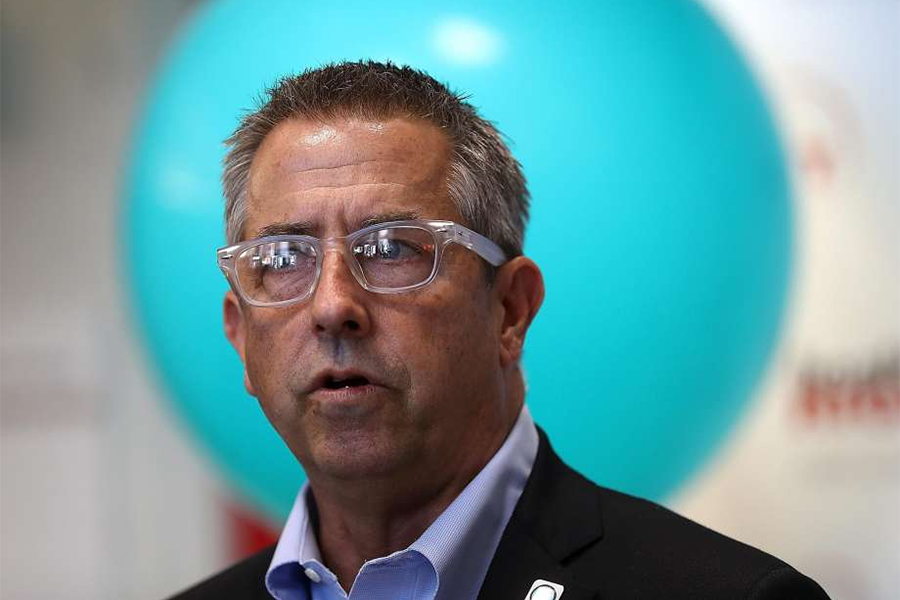by David Gorn, California Healthline Sacramento Bureau
A small segment of Medi-Cal beneficiaries run up huge health care bills — but they’re not necessarily the people you’d expect them to be.
The so-called “super-utilizers” are one of the biggest drivers of escalating spending in California’s health care system. A two-year pilot project in rural Humboldt County dealing with that population produced some surprising results.
Generally, the assumption about super-utilizers has been that they have complex health issues, multiple chronic conditions and multiple medications and they overuse the emergency department because they have no primary care provider.
The pilot project found that other issues might play a bigger role.
“When we started to home in on the top 100 utilizers from the hospital system and we built a profile of who those people were, it was really surprising to us,” said Sharon Hunter, a nurse in Humboldt County who helped coordinate the Care Transitions project, a subset of a larger pilot reform effort in the county called Aligning Forces.
“We thought these people were coming into the ED during off-hours, nights and weekends, but we found the highest utilization was Wednesday in the middle of the day,” Hunter said. “We thought they did not have primary care providers, but in fact they did.”
The biggest reveal, though, came from the super-utilizers’ health conditions.
“They were not necessarily seniors — most were 41 to 65,” Hunter said, “and complex, chronic disease did not seem to be part of their makeup.”
For the most part, she said, people with behavioral problems or substance use issues were the ones who used the ED more than anyone else.
Super-Utilizers by the Numbers
According to a 2014 study by the Pew Charitable Trusts foundation, the top 5% of patients nationally in the Medicaid program use 60% of the funding.
In California, the Department of Health Care Services issued a slightly more conservative summary for a presentation coordinated by the California HealthCare Foundation, which publishes California Healthline. DHCS officials said the top 5% account for 51% of Medi-Cal spending.
The Medi-Cal budget this fiscal year is $91.3 billion. The spending on health care services alone — not counting administration and other costs — is about $77 billion.
Even if you take the lower number of $77 billion and the more conservative estimate of 51% of the spending going toward just 5% of beneficiaries, the price tag is staggering.
Here is how that money is spent:
Of the 12.3 million Californians in the Medi-Cal program, about 615,000 are the top 5% super-utilizers;
Those 615,000 people will account for more than $46 billion in Medi-Cal spending this year, not counting administrative costs;
The average spending per year for each super-utilizer is about $75,000;
That leaves about $31 billion for the remaining 11.7 Medi-Cal beneficiaries — about $2,600 apiece;
Those utilization numbers are on a gradient: The top 10% use up 64% of funding; the top 25% take up 79% of spending, and so on;
About half of all Medi-Cal beneficiaries in the state — more than 6 million Californians — account for about 11% of Medi-Cal spending, roughly $8.5 billion, or about $1,400 per person each year; and
The top 1% account for 24% of spending. That means, in general and practical terms, the state spends twice as much on about 61,500 Californians as it does for half of the entire Medi-Cal population in the state.
State health officials have made super-utilizers one of the targets of their 1115 federal waiver proposal, and there are national efforts to try to reduce spending on super-utilizers.
Humboldt County Findings
Humboldt County is one of 16 communities nationwide to be part of Aligning Forces, an eight-year pilot project funded by the Robert Wood Johnson Foundation. Of those 16 locales, Humboldt also was one of six communities to identify super-utilizers and reform how they’re treated.
Medi-Cal covers about one third of Humboldt County’s population, the same ratio as the rest of California.
“Over the course of [the past] two years, we methodically looked at the systems that led to folks over-utilizing the ED,” said Rosemary Den Ouden, chief operating officer for the Humboldt Independent Practice Association.
They identified the top 100 utilizers and then picked 30 who seemed representative of the group to intensively follow and evaluate.
“I cannot stress enough the importance of going slowly and methodically,” Den Ouden said. “We understood for the first time what was really contributing to overutilization.”
She said researchers expected to deal with some seriously complex medical issues.
“At first brush it seemed to be the case that it was medical,” Den Ouden said. “They were getting treatment from the ED. They were getting care from primary care providers, from social workers, from the county, from the hospital.”
There were a couple of common threads running through most of the cases, she said.
“A lot of the time we found substance use issues. And behavioral health issues,” Den Ouden said.
“Another realization we had later in the project was the idea of early life trauma, so many of the folks who over-utilize have early life trauma. That led us to using the ACE assessment tool.”
ACE stands for “adverse childhood experiences.” The assessment tool is a questionnaire that can uncover early trauma, which turns out to be a trigger for some types of behavior later in life — including overutilization of the health care system, Den Ouden said.
“It’s hard to articulate, but simply put, a lot of people go through life knowing they had an early life trauma but don’t understand how it affects their life today,” she said. “It increases risk for conditions later in life. It’s actually kind of illuminating, both for patients and providers.”
Make One Care Plan, Stick to It
Some of the wasted cost for the super-utilizers is in duplicative testing and overprescribing of pain medications — something that can be fixed when care is coordinated among different providers, experts said.
“The hospital would have a care plan, social services would have a care plan, the ED would have a care plan, primary care would have a care plan,” Den Ouden said. “With that realization we started communicating our care plans across systems, so there is integrated care delivery.”
As part of the pilot project, providers in the various patient settings met on a monthly basis, a multidisciplinary team meeting that included psychiatric input.
“The ED is such an easy place, in a way,” Den Ouden said. “You always get care. If you’re hungry, you can get something to eat. If you’re tired, you can lie down.”
The project included embedding a care transition nurse in the ED, she said, “to help them find resources, to direct them to the places they should really go. It was really important to make sure we were being where the patient is.”
Humboldt County was the only rural county of the six super-utilizer pilot projects, but she said the results she heard from other sites were similar.
“With the urban examples, they saw the same things we did,” Den Ouden said. “We are not unique.”
Over the two-year life of the pilot, the results were pretty dramatic, Den Ouden said.
“We saw a 33.9% decline in ED utilization over two years,” Den Ouden said. “That’s what we tracked, that’s what we saw. It was something.”
The more she investigates other communities’ efforts to deal with over-utilization, the more she’s convinced the problems are the same elsewhere.
“Super-utilization does not discriminate,” she said. “We see it across payer types, across communities, Medi-Cal or no Medi-Cal, different demographics, it’s the same issues. Substance use, behavioral issues, early-life trauma, care coordination.”
Hunter said the solution is within reach, and fixing this problem would benefit patients as well as the system itself.
“We should all try to decrease costs across the nation and along the way we can provide better care, and increase the satisfaction of people working there,” Hunter said. “People get tired of treating the same thing over and over again. We were able to show cost savings and improve quality of life.”
The roadblocks, Hunter said, mostly lie in getting everyone from different systems together.
“It was more difficult to coordinate the care coordinators,” Hunter said. “How do we always continue to maintain open avenues of communication? That takes a lot of time. … It’s really hard to change systems that have been so ingrained in our culture.”
Changing the ED is the key to huge cost savings, Hunter said.
“The typical ED is just what you think it is,” she said. “People come in, they get triaged just the way you’d think. There are no social services people there. There’s no social worker to point people in another direction.”
Official results from the Humboldt project will be released soon, project organizers said.
Original Article posted on California Healthline on Thursday, June 4, 2015









